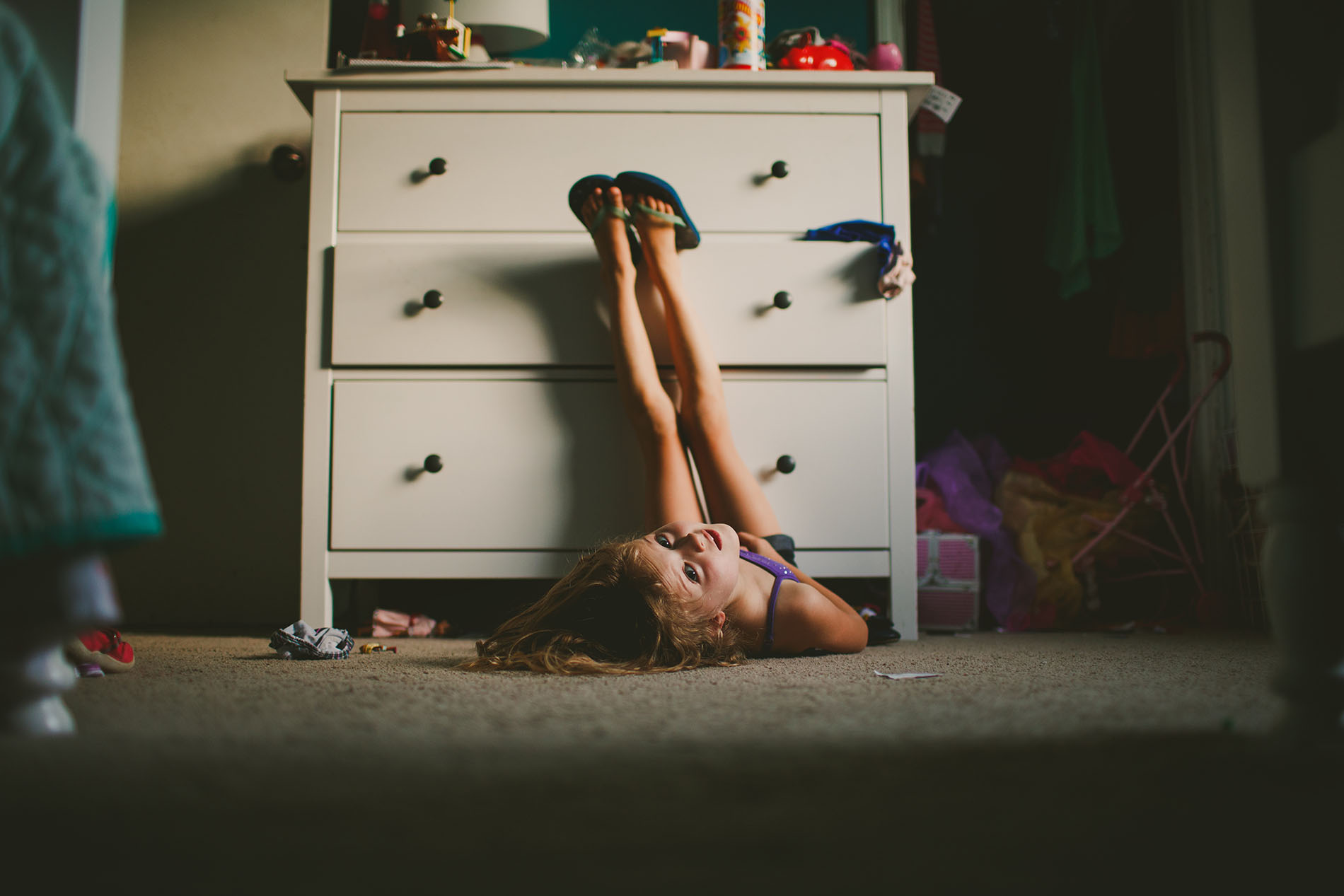Pictures Due for editing: March 10th
Final Edits and Post Due: March 18th
Objective: Students will learn to enhance textures with placement of light source.
Essential Question (answer for #5 in Reflection Questions): Looking at your images, were you able to enhance the texture with location of light source? Where was your light source placed?
Texture Power Point - click to view
Requirements:
1. Take at least 30 pictures of textures using correct lighting techniques.
2. Upload your pictures to your student # drive.
3. Make a contact sheet in photoshop and save as a JPEG. (File> automate > contact sheet)
4. Edit your 3 best pictures from the shoot on photoshop or lightroom.
5. Post 3 pictures and contact sheet to blog. Describe the texture of each image.
6. Do artist reflection on blog post.
Loop lighting is pretty much my go-to when creating light. With loop lighting, the light is about 45 degrees to the side and slightly above eye level.
This position of the light creates a shadow just under and to the side of one nostril and the nose. This is a flattering type of light on most everyone.
**If the person is back lit, you can use a reflector in place to do this with the light as well. See Diagram below to do this. Otherwise the light would be positioned where the reflector is.











**If the person is back lit, you can use a reflector in place to do this with the light as well. See Diagram below to do this. Otherwise the light would be positioned where the reflector is.

3. Rembrandt Lighting
Rembrandt lighting is so named because the Rembrandt the painter often used this pattern of light in his paintings, as you can see in his self portrait here. Rembrandt lighting is identified by the triangle of light on the cheek. Unlike loop lighting where the shadow of the nose and cheek do not touch, in Rembrandt lighting they do meet which, creates that trapped little triangle of light in the middle. To create proper Rembrandt lighting make sure the eye on the shadow side of the face has light in it and has a catch light, otherwise the eye will be “dead” and not have a nice sparkle. Rembrandt lighting is more dramatic, so like split lighting it creates more mood and a darker feel to your image. Use it appropriately.

To create Rembrandt lighting the subject must turn slightly away from the light. The light must be above the top of their head so that the shadow from their nose falls down towards the cheek. Not every person’s face is ideal for creating Rembrandt lighting. If they have high or prominent cheek bones it will probably work. If they have a small nose or flat bridge of the nose, it may be difficult to achieve.
4. Butterfly Lighting


Butterfly lighting is aptly named for the butterfly shaped shadow that is created under the nose by placing the main light source above and directly behind the camera. The photographer is basically shooting underneath the light source for this pattern. It is most often used for glamour style shots and to create shadows under the cheeks and chin. It is also flattering for older subjects as it emphasizes wrinkles less than side lighting.

Butterfly lighting is created by having the light source directly behind the camera and slightly above eye or head level of the subject (depends on the person). It is sometimes supplemented by placing a reflector directly under their chin, with the subject themselves even holding it! This pattern flatters subjects with defined or prominent cheek bones and a slim face. Someone with a round, wide face would look better with loop or even split to slim their face. This pattern is tougher to create using windowlight or a reflector alone. Often a harder light source like the sun or a flash is needed to produce the more defined shadow under the nose.
5. Broad Lighting
Broad lighting is not so much a particular pattern, but a style of lighting. Any of the following patterns of light can be either broad or short: loop, Rembrandt, split.


Broad lighting is when the subject’s face is slightly turned away from centre, and the side of the face which is toward the camera (is broader) is in the light. This produces a larger area of light on the face, and a shadow side which appears smaller. Broad lighting is sometimes used for “high key” portraits. This type of lighting makes a person’s face look broader or wider (hence the name) and can be used on someone with a very slim face to widen it. Most people however want to look slimmer, not wider so this type of lighting would not be appropriate for someone who is heavier or round faced.

To create broad lighting the face is turned away from the light source. Notice how the side of the face that is towards the camera has the most light on it and the shadows are falling on the far side of the face, furthest from the camera. Simply put broad lighting illuminates the largest part of the face showing.
6. Short Lighting


Short lighting is the opposite of broad lighting. As you can see by the example here, short lighting puts the side turned towards the camera (that which appears larger) in more shadow. It is often used for low key, or darker portraits. It puts more of the face in shadow, is more sculpting, add 3D qualities, and is slimming and flattering for most people.

In short lighting, the face is turned towards the light source this time. Notice how the part of the face that is turned away from the camera has the most light on it and the shadows are falling on the near side of the face, closet to the camera. Simply put short lighting has shadows on the largest part of the face showing.





















